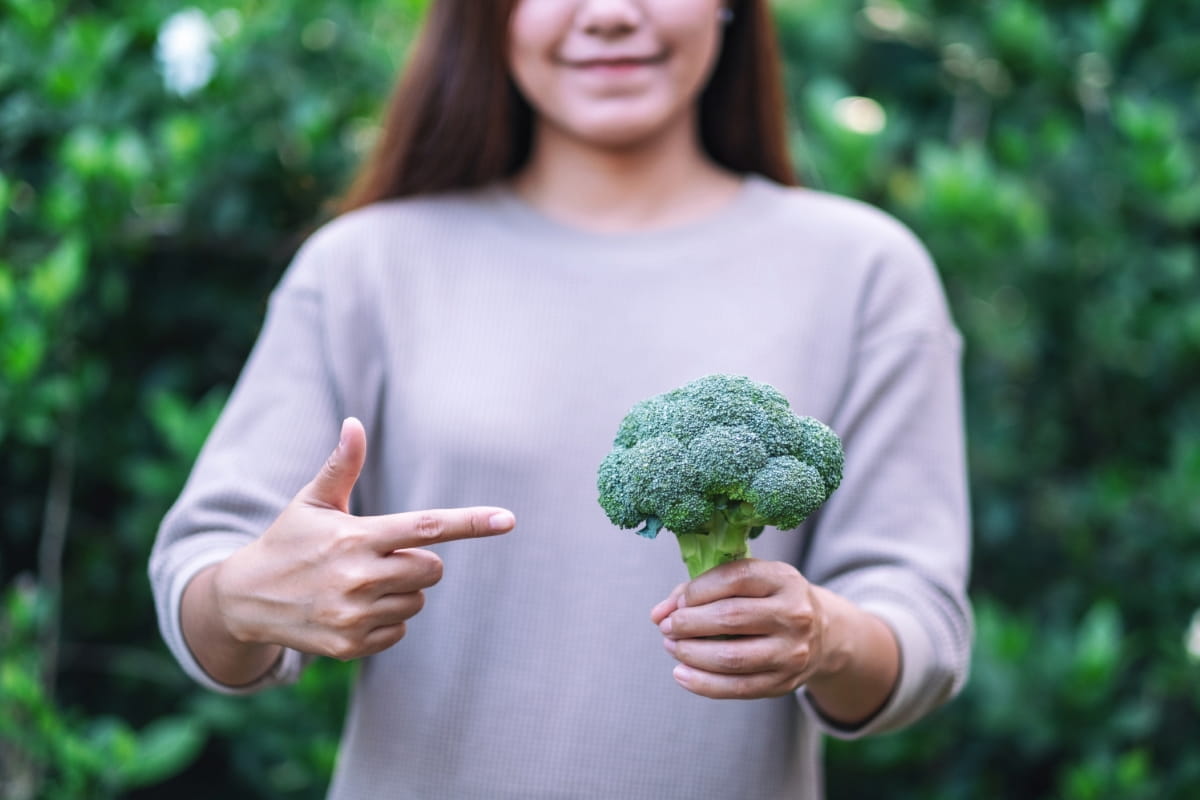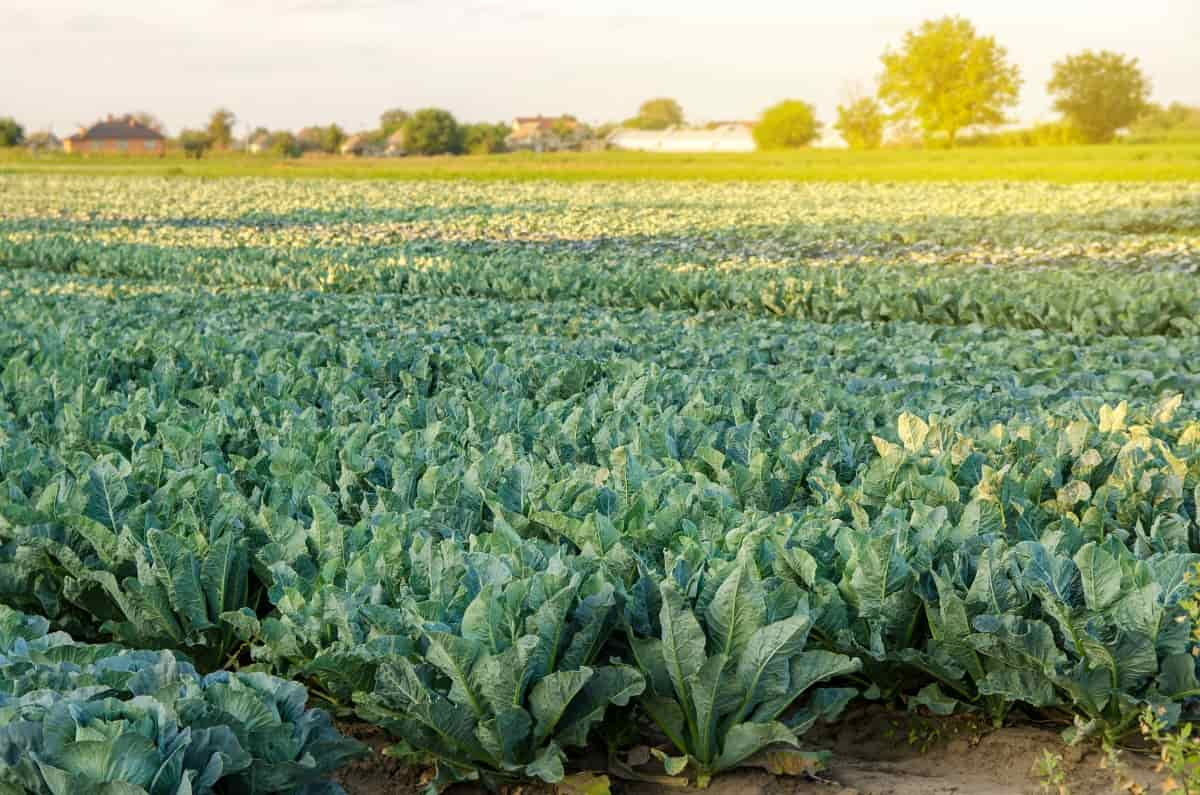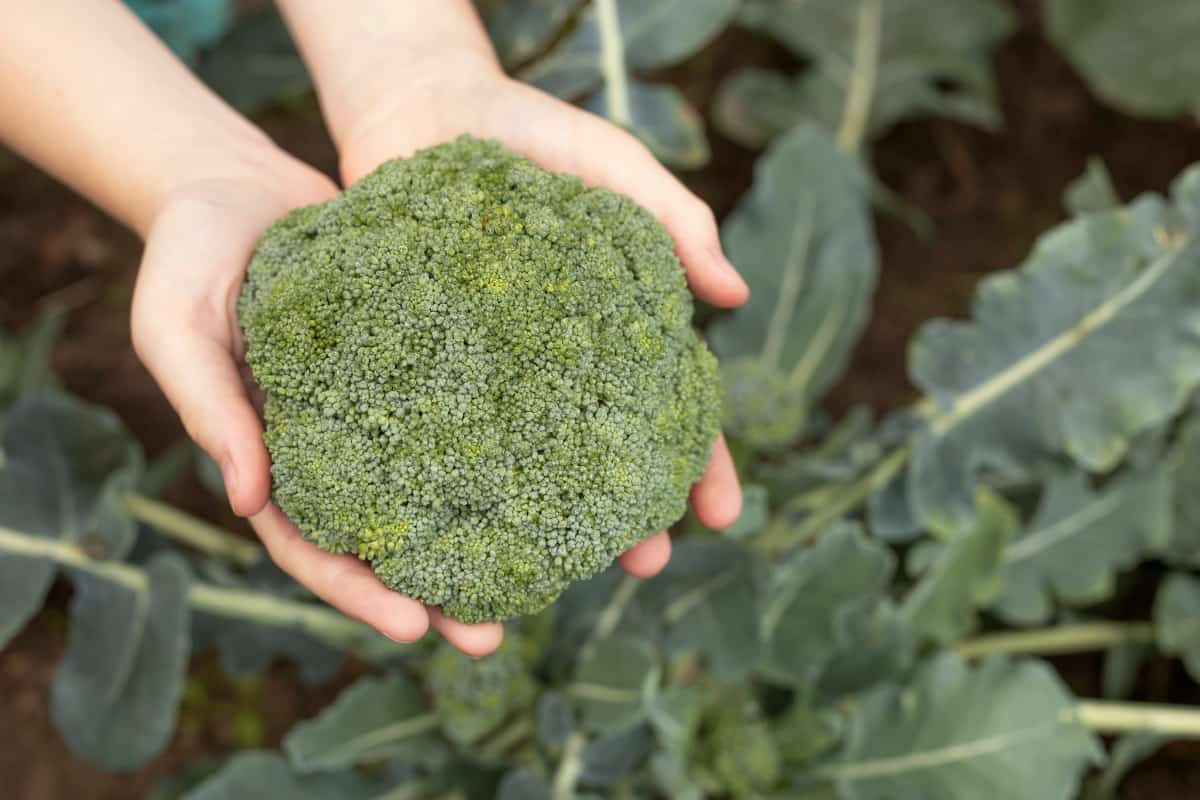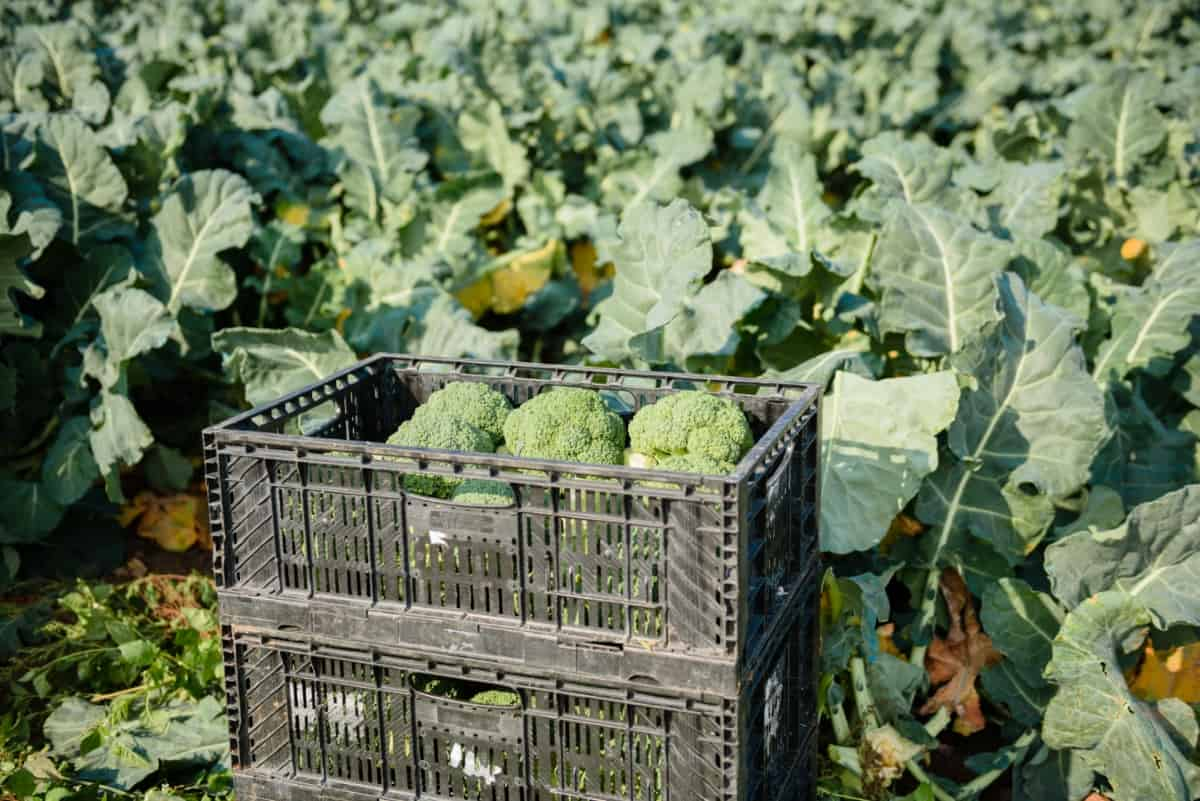The economics of broccoli farming encompasses a broad spectrum of factors, from cost analysis and profit margins to market trends and technological impacts. This agricultural venture, while promising in terms of revenue, demands a comprehensive understanding of its financial aspects.

In this article, we delve into various dimensions of broccoli farming economics, shedding light on costs, profits, market dynamics, technological influences, sustainability, government policies, supply chain complexities, and risk management strategies. Each section offers a detailed overview, presenting a clear picture of what it takes to run a successful broccoli farm in today’s market.
The Economics of Broccoli Farming
Cost Analysis in Broccoli Farming: Inputs and Expenditures
The cost of broccoli farming primarily includes expenses for seeds, fertilizers, pesticides, labor, and irrigation. Seeds are a significant investment, requiring careful selection for quality and yield. Fertilizers and pesticides represent recurring costs, vital for healthy growth and protection against pests.
Labor costs, both for planting and harvesting, are substantial, especially in larger farms. Irrigation, essential for consistent crop quality, involves initial setup costs and ongoing water expenses. Understanding these costs is crucial for budgeting and financial planning in broccoli farming.
Profit Margins and Revenue Streams in Broccoli Cultivation
In broccoli cultivation, profit margins and revenue streams are influenced by various factors, including yield per acre, market prices, and cost efficiency. For instance, an average yield of 8,000 pounds per acre, with market prices ranging from $0.50 to $1.00 per pound, can result in significant revenue differences. Operational efficiency, such as reducing costs through better resource management or adopting efficient farming techniques, directly impacts profit margins.
Diversification of revenue streams, like engaging in value-added processing (e.g., frozen broccoli) or organic cultivation, which can fetch higher market prices, further enhances profitability. Additionally, alternate revenue options like agrotourism or farm-based educational programs can supplement income, especially in regions with a strong consumer base for such activities. Understanding these dynamics is essential for maximizing profitability in broccoli farming.
Market Trends Impacting Broccoli Farming Economics
Consumer preferences, dietary trends, and global trade dynamics influence market trends in broccoli farming. The increasing popularity of healthy, plant-based diets has bolstered demand for broccoli. International trade policies and import-export regulations also play a pivotal role, affecting both market access and competition. Keeping abreast of these trends is essential for strategic planning and market positioning.
Economic Impact of Technology on Broccoli Farming
Technology has profoundly impacted broccoli farming economics. Advances in agricultural machinery, irrigation systems, and crop monitoring tools have enhanced productivity and efficiency. Precision farming technologies, like GPS and sensor-based systems, allow for more effective resource use, reducing costs and environmental impact. Adapting to these technological advancements is key to a competitive edge and long-term sustainability in broccoli farming.
In case you missed it: Broccoli Growing Stages and Broccoli Growth Time Lapse

Sustainable Practices in Broccoli Farming: Economic Viability
Sustainable practices in broccoli farming, such as organic cultivation, integrated pest management, and water conservation techniques, are increasingly important. These practices not only cater to the growing demand for eco-friendly products but also ensure long-term soil health and resource availability. While they may entail higher initial costs, their long-term economic viability, through improved product quality and market positioning, makes them a worthwhile investment.
Government Policies and Subsidies in Broccoli Farming
Government policies and subsidies can significantly impact the economics of broccoli farming. Subsidies for seeds, fertilizers, or equipment lower initial costs, making farming more accessible. Government programs for sustainable agriculture or export promotion can open new markets and provide financial incentives. Familiarity with these policies is crucial for maximizing benefits and aligning farm operations with regulatory requirements.
Supply Chain Economics: Broccoli Farming to Consumer Market
The supply chain economics from broccoli farming to the consumer market involves several stages, including harvesting, processing, transportation, and retail. Efficient supply chain management ensures that broccoli reaches consumers in optimal condition, maximizing profits. The cost of transportation, storage, and handling are critical components influencing the final price and quality. Establishing reliable supply chain partnerships is essential for timely and cost-effective market delivery.
Risk Management in Broccoli Farming
Risk management in broccoli farming involves strategies to mitigate risks related to weather, pests, market fluctuations, and operational challenges. Crop insurance, diversified cropping, and market contracts can provide financial safety nets. Staying informed about weather forecasts, pest infestations, and market trends aids in proactive decision-making. Effective risk management ensures the farm’s resilience and financial stability in the face of uncertainties.
In case you missed it: How and When to Fertilize Broccoli Plants: Requirements and Recommendation

Labor Economics in Broccoli Farming
Labor economics plays a crucial role in broccoli farming, encompassing aspects like workforce availability, labor costs, and worker efficiency. The demand for labor varies across the farming cycle, with peak times during planting and harvesting. Sourcing skilled labor is essential for effective farm management, directly impacting productivity and crop quality.
Labor costs, often one of the largest expenses in broccoli farming, are influenced by local wage rates and regulations. Farms must balance the need for sufficient labor with cost-effectiveness, sometimes turning to mechanization to reduce dependence on manual labor. Efficient labor management, including training and fair compensation, can enhance worker productivity, thereby influencing the overall profitability of broccoli farming.
International Trade and Broccoli Farming
International trade is a significant factor in broccoli farming, affecting both market access and competition. Trade agreements and tariffs can open up new markets or pose barriers to entry, impacting export opportunities. Global market dynamics, such as demand fluctuations in different countries, also play a vital role.
To capitalize on international trade opportunities, broccoli farmers must navigate complex regulatory environments, ensuring compliance with the standards and certifications required in different markets. Understanding global consumer preferences and adapting to them can open up lucrative export channels, making international trade a key avenue for growth and diversification in broccoli farming.
Investment Opportunities in Broccoli Farming
Broccoli farming presents various investment opportunities, appealing to a range of investors looking for sustainable and profitable ventures. Initial investments typically cover land acquisition, infrastructure, and equipment. The growing demand for healthy, nutritious vegetables like broccoli offers promising market potential.
In case you missed it: Frequently Asked Questions About Growing Romanesco Broccoli from Seed to Harvest

Innovations in farming technologies, such as precision agriculture and sustainable practices, present opportunities for investors interested in cutting-edge agricultural advancements. Additionally, government incentives for sustainable farming practices can enhance investment attractiveness.
Conclusion
The economics of broccoli farming is a complex and multifaceted domain, deeply influenced by labor economics, international trade, and investment opportunities. Effective labor management is key to operational efficiency, while international trade offers growth and diversification avenues.
Investment in broccoli farming, driven by technological advancements and market demand, holds promising potential for sustainable and profitable returns. Understanding and navigating these aspects are crucial for anyone involved in or looking to enter the realm of broccoli farming.
- Feed Your Flock for Less: Top 10 Tips to Save on Chicken Feed
- Ultimate Guide to Ossabaw Island Hog: Breeding, Raising, Diet, and Care
- Hatching Answers: The Top 10 Reasons Your Chickens Aren’t Laying Eggs
- Eggs and Economics: Breaking Down the Cost of Raising Backyard Chickens
- Defend Your Greens: Proven Methods to Keep Iguanas Out of Your Garden
- Ultimate Guide to Cinnamon Queen Chicken: A Comprehensive Guide for Beginners
- Ultimate Guide to California Tan Chicken: Breeding, Raising, Diet, Egg-Production and Care
- Ultimate Guide to Marsh Daisy Chicken: Breeding, Raising, Diet, and Care
- 10 Types of Chicken Farming Businesses You Can Start for Profits